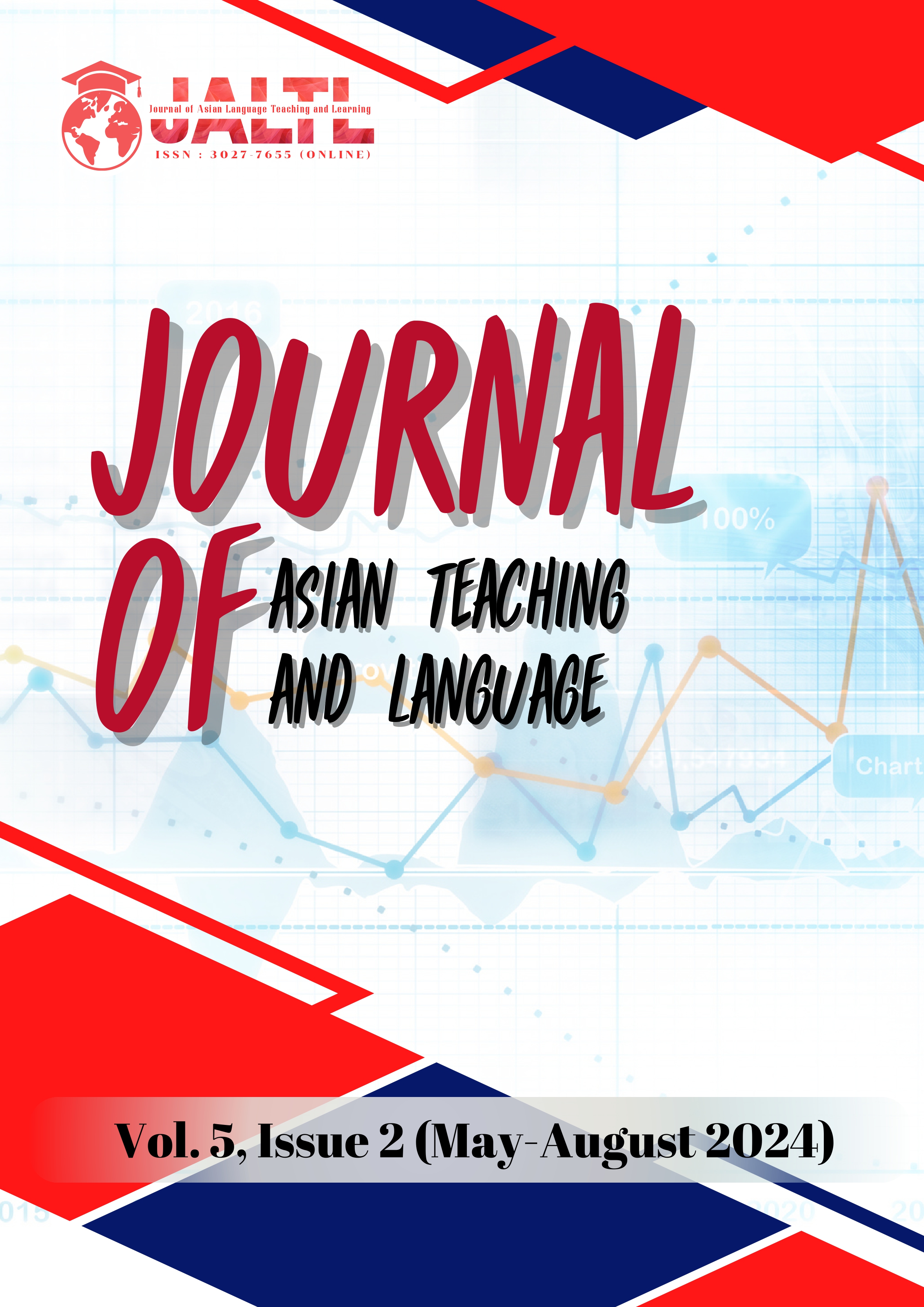Study of Phetchabun Rajabhat University Second and Third Year Students’ Listening and Speaking Difficulties in English Language
Main Article Content
Abstract
This study aimed to explore the English listening and speaking problems and the origins of these problems among PCRU second and third year English major students. A mixed method of qualitative and quantitative research, with the data being calculated using SPSS, was conducted to anonymously investigate 35 student participants from the second- and third-year students studying in the second semester of the academic year 2023-2024 at PCRU, Phetchabun, Thailand. The research questions ask: (a) Which listening comprehension problems arise while students are learning English? (b) Difficult problems with PCRU second- and third-year English major students' listening comprehension of English. (c) The main causes of the English listening and speaking problems that students encountered.
The findings indicated that 1). PCRU second- and third-year students' difficulties in listening to English. There were 17 items, all consisting of negative output. There were 4 items regarding English listening problems that the students rated as high levels of problems: (a) a limited amount of vocabulary; (b) a limited meaning of vocabulary; (c) speed of speech; and (d) accent of speech. 2). Speaking of issues among PCRU second- and third-year English major students, there were 15 items, all consisting of negative output. There were 4 items regarding English speaking problems that the students rated as high levels of problems: (a) limited meaning of vocabulary, (b) limited amount of vocabulary, (c) being too shy, and (d) pronunciation of words.
Article Details

This work is licensed under a Creative Commons Attribution-NonCommercial-NoDerivatives 4.0 International License.
References
Blass, N. (2017). The academic achievement of Arab Israeli pupils. Policy Research.
Derakhshan, A., et al. (2023). Exploring challenges in academic language-related skills of EFL students. ScienceDirect.
Dolgunsöz, E., et al. (2023). The effect of virtual reality on EFL learning. Education and Information Technologies.
Ervin, G. L. (2023). Communication strategies employed by American students of Russian. The Modern Language Journal, 63(7).
ETS.(2023). “TOEFL Family Research Program”. From online: https://www.ets.org/toefl/research/reliability-validity.html
Fitriani, N. (2019). Communication breakdown among Indonesian EFL learners: Barriers and strategies. International Journal of English Language & Translation Studies, 7(1)
Gan, Z. (2012). Understanding L2 speaking problems. Australian Journal of Teacher Education, 37(1).
Garcia, M. (2024). Integrative Approaches to Teaching EFL: A Review of Pedagogical Strategies. Journal of Language Teaching and Research, 15(2), 234-249.
Giorgi, A. (2009). The descriptive phenomenological method in psychology: A modified Husserlian approach. Duquesne University Press.
Hargett, J. L. (2018). Podcasting in nursing education. Teaching and Learning in Nursing.
Hsieh, C. N. (2023). The case of Taiwan: Perceptions of college students about the use of the TOEIC® tests. ETS Research Report Series.
Huang, H.-chou, & Loranc, B. (2022). EFL learners’oral communication strategies. Proceedings of the International CALL Research Conference.
Jabber, A., & Mahmood, A. (2020). Improving EFL learners’ speaking skills. ScienceDirect.
Johnson, L. (2024). Virtual Reality in Language Learning: Opportunities and Challenges. Educational Technology Review, 11(1), 56-72.
Kenza Tacarraoucht, E., & Terzioğlu, K. (2022). The importance of speaking and listening abilities for EFL students. International Journal of Applied Linguistics.
Kim, H. (2023). Addressing Speaking Anxiety in EFL Learners: Strategies and Outcomes. International Journal of Applied Linguistics, 32(3), 298-314.
Liu, Y. (2023). Task-Based Language Teaching in EFL Contexts: Benefits and Challenges. TESOL Quarterly, 57(1), 45-61.
Li, X., & Chan, A. (2024). Pronunciation difficulties among Asian EFL learners. ScienceDirect.
MacIntyre, P., Liu, M., & Ryan, S. (2022). Artificial intelligence in EFL speaking: Impact on enjoyment, anxiety, and willingness to communicate. Language Learning & Technology.
Malterud, K.(2012).“Systematic text condensation: a strategy for qualitative analysis”. ScandJPublicHealth. 2012 Dec,40(8). doi:10.1177/1403494812465030.https://pubmed.ncbi.nlm.nih.gov/23221918
McCombes, S. (2023, March 20). What Is a Research Design | Types, Guide & Examples.Scribbr. Retrieved May 23, 2023, from online: https://www.scribbr.com/methodology/.
Nunan, D. (1999). Second language teaching & learning. Boston, MA: Heinle & Heinle.
Nguyen, T. (2024). Motivation and Listening Skills in EFL Learners: An Empirical Study. Language Learning Research, 29(1), 112-129.
Parrish, B. (2006). “Teaching Adult ESL”. McGraw-Hill Companies. New York.
Rosé, C., & Ferschke, O. (2023). A systematic review on artificial intelligence dialogue systems for EFL. Computer Assisted Language Learning.
Sa’diyah, S. S. (2016). “EFL learners – faced problems in listening comprehension”. Indonesian EFL Journal, 2(1), 53-59.
Sharpe, P. J. Ph. D. (2016). “TOEFL IBT 15th ed”. Barron’s Educational Series Inc.
Shen, Y., & Chiu, H. (2023). Speaking performance and problems faced by English major students at a university in South Sumatera. Journal of English Language Teaching and Researc, 8(1).
Tai, T., et al. (2023). The effects of virtual reality on EFL learning. Springer. Tantihachai, K. (2016). “Foreign Language Anxiety in Listening and Speaking EnglishinaThaiEFLClassroom”. From online: https://ore.exeter.ac.uk/repository/bitstream/handle/10871/28822.
Zhang, X. (2023). AI-Driven Language Learning Applications: A Review of Effectiveness. Journal of Educational Technology, 18(4), 345-360.

